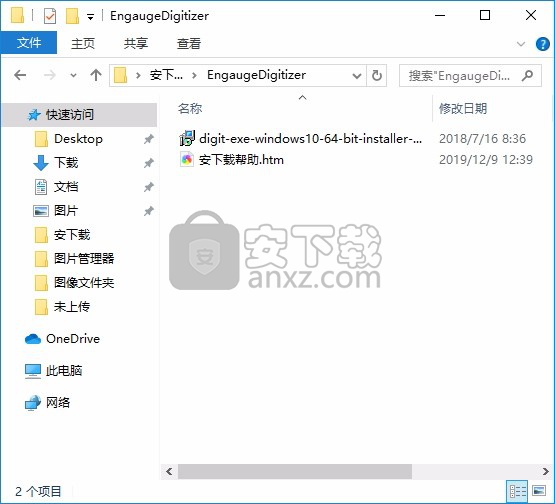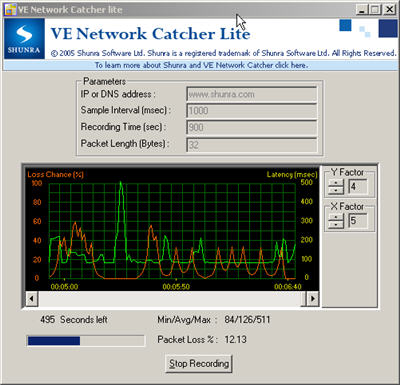

Small organizations that don’t have the resources to build custom data extraction pipelines can outsource the data extraction process by making use of these data extraction services. The only downside to the tool from the point of view of a beginner was that parsing dynamic web pages was pretty challenging.Ģ) Octoparse, Outwit hub, Parsehub etc are other open source tools that provide an intuitive GUI for web scraping.Īpart from these open source tools there are companies that are dedicated to performing data extraction. The tool is extremely intuitive and elements from any HTML page can be parsed using CSS. Fig 3.Title of the Nanonets blog page parsed by Scrapy Title of the Nanonets blog page parsed using ScrapyĪlthough I used the Scrapy shell for the purpose of parsing, the same behaviour could be achieved using a python script. In the following example, I have used Scrapy to parse the title of the Nanonets blog page. Let’s go through a simple example that illustrates how even a complete novice can scrape the web using Scrapy. The following section highlights a few popular off the shelf data extraction tools.ġ) Scrapy: Scrapy is an open-source web crawler written in python. A way to do this is to make use of data extraction tools that can scrape the web and retrieve data from various sources. For example: Any organization would want to keep tabs on their competitors performance, the general market trends, customer reviews and reactions etc. This post explores the various methods and tools that can be used to perform data extraction and how Optical Character Recognition(OCR) can be employed for this task.Īlmost all modern day data analytics requires large amounts of data to perform well. Data Extraction involves extracting data from various sources, the data transformation stage aims to convert this data into a specific format and data loading refers to the process of storing this data in a data warehouse.īeing the first stage in the pipeline, data extraction plays a crucial role in any organization.

The main components of any data pipeline are aptly described by the acronym ETL (Extract, Transform, Load). To overcome the above mentioned drawbacks, almost all large organisations need to build a data pipeline.
USE PYTHON AUTOMATE ENGAUGE DIGITIZER MANUAL
Data Security: When dealing with sensitive data, a manual data entry process can lead to data leakages which could in turn compromise the system.Īre you facing manual Data Extraction issues? Want to make your organization's data extraction process efficient? Head over to Nanonets and see for yourself about how Data Extraction from Documents can be automated.Slow Process: When compared to automated data extraction, manual data entry is an extremely slow process and could stall the entire production pipeline.Identifying and correcting these errors at a later stage might prove to be a costly affair. Errors: When performing a tedious and repetitive task like manual data entry, errors are bound to creep in.Automating the process would have saved a lot of time and manpower. had to be manually entered into a database. A lot of data such as the number of people tested, the test reports of each individual etc. However, according to a 2018 Goldman Sachs report, the direct and indirect costs of manual data entry amounts to around $2.7 trillion for global businesses.Ī potential use case for an automated data extraction pipeline was during the COVID-19 pandemic. Most of them don’t invest in setting up an automated data extraction pipeline because manual data entry is extremely cheap and requires almost zero expertise. Many organizations still rely on manual data entry. The moment I read the title of the blog post, the first question that sprung to my mind was: ‘Is Manual data Entry still a thing in 2021?.' A bit of research and I was pleasantly surprised at the scale of the problem. Is manual Data Extraction still a thing in 2021?


 0 kommentar(er)
0 kommentar(er)
